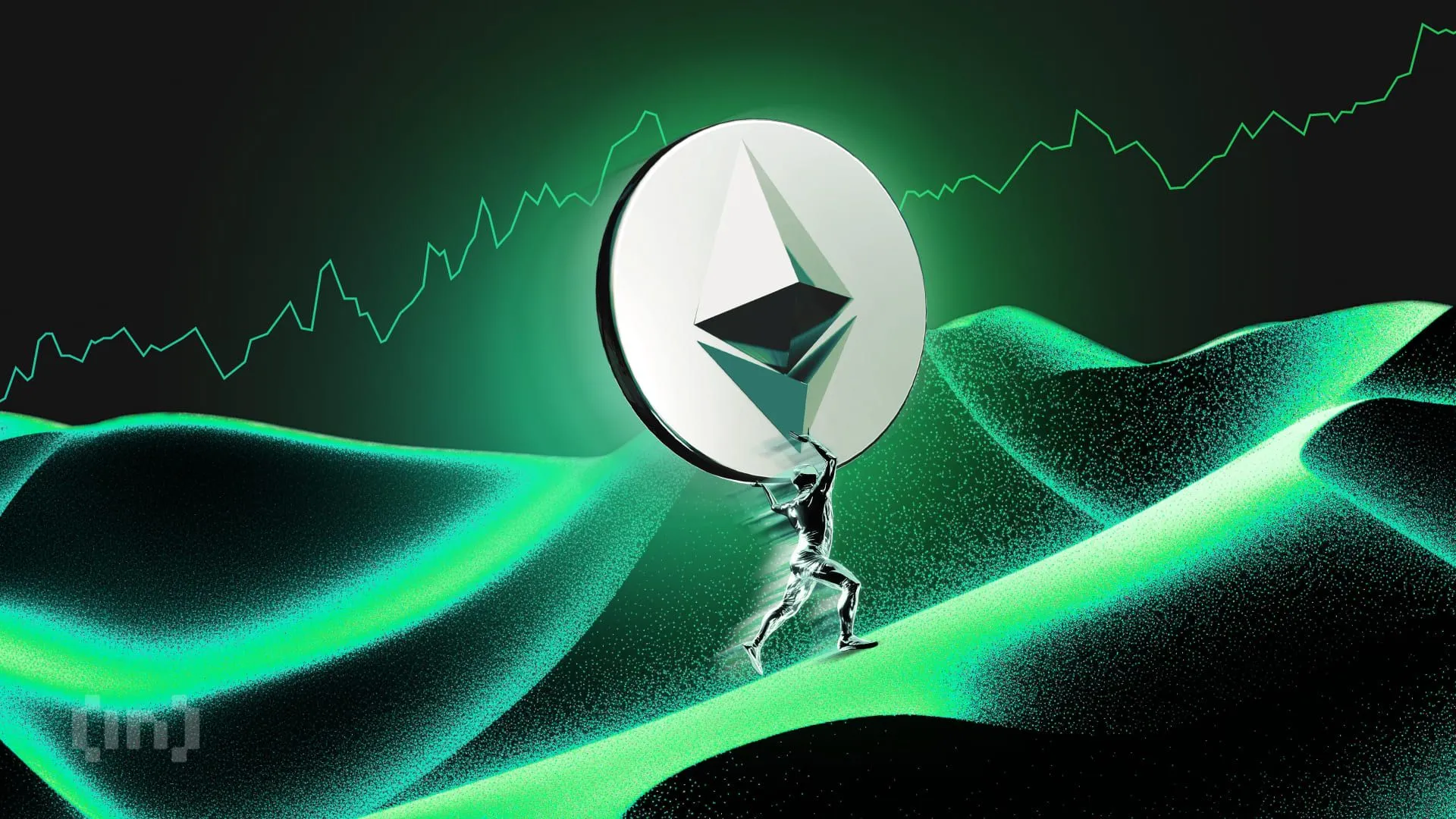Ethereum (ETH) Analysis: Bullish Sentiment Drives Price Surge

Ethereum's Price Surge Amidst Strengthening Market
Leading altcoin Ethereum (ETH) is facing a resurgence in bullish sentiment. This comes at a time when Bitcoin’s (BTC) dominance is waning, suggesting that investors are focusing more on ETH and other altcoins. As ETH accumulation stabilizes, the coin is potentially gearing up for a breakthrough above $2,900.
Ethereum Leads, Bitcoin Follows
Ethereum has surged 13% over the past week, outpacing Bitcoin's 6% increase in the same timeframe. The ETH/BTC ratio has also risen by 33% over seven days, indicating a growing preference for Ethereum. Currently, the ETH/BTC ratio is at 0.04.
What the ETH/BTC Ratio Indicates
The ETH/BTC ratio measures Ethereum's strength compared to Bitcoin. A rising ratio is a bullish signal, suggesting heightened confidence in Ethereum. This increase correlates with a decline in Bitcoin dominance (BTC.D), currently at 57.56%, having dipped by 0.01% recently.
Ethereum Whales and Market Activity
This recent Ethereum price surge is backed by a spike in transactions from large holders or whales. On-chain data reflects a steady rise in substantial transactions involving ETH.
- Transactions of ETH between $1 million to $10 million rose by 14%.
- Transactions exceeding $10 million have increased by 21%.
Increased activity from whales often indicates bullish momentum, boosting retail investor confidence.
Price Analysis: Examining Indicators
Ethereum's Directional Movement Index (DMI) further supports the bullish outlook. The positive directional indicator (blue) is currently above the negative directional indicator (red), suggesting stronger buy pressure among market participants.
Future Price Targets for Ethereum
If demand for Ethereum continues to strengthen, it may overcome the resistance at $2,871, potentially driving prices above $2,900 and up towards $3,104. Conversely, if accumulation slows down and profit-taking occurs, ETH might retract to the supportive level of $2,582 or lower.
This article was prepared using information from open sources in accordance with the principles of Ethical Policy. The editorial team is not responsible for absolute accuracy, as it relies on data from the sources referenced.